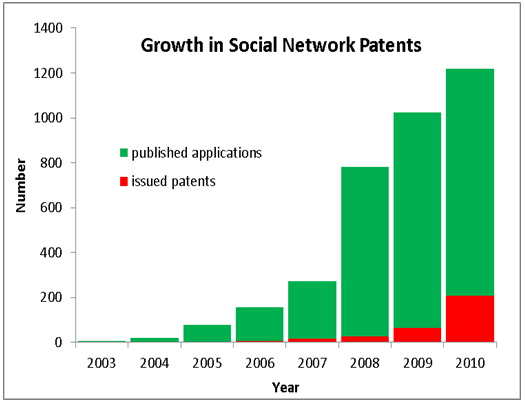Ads are an integrated part of a website, and the two work hard to serve content as fast as possible. Both work on different connections, and both are trying to show the user something quickly. As a result, new technology has been developed to speed up content delivery. Coding can deliver colors and shapes now, reducing the need for assets that bog down loading times. That puts pressure on Internet service providers to create faster connection speeds. The demand for the Web, on desktop or mobile, is surging.
Better Quality
When people click the ads on their favorite blogs, they enable editing teams to spend more time critiquing work. They enable webmasters to accept guest posts for money, which attracts writers willing to put time and effort into researching posts with scholarly resources.
Advertising dollars also fuel development in other ways. If you use an application on a mobile device to access a website, for instance, that application was made possible because that site is able to generate revenue through advertising. Subscription based models can work, but they are very rare. Even Hulu must show commercials to subscribers who have paid for their service, and the New York Times has developed a similar model. Subscriptions help fund publications, but they can’t keep the lights on forever.
Even when a publisher attempts a subscription-based model, they find themselves using ads to supplement the income brought in by subscriptions. The print industry used free editions to try to entice users, the same way blogs of today use free content.
As CEO of engage:BDR, Ted Dhanik is a technology evangelist and digital advertising expert. Ted Dhanik offers his insight on media and business growth to prominent blogs like AdAge and Venture Beat. Ted Dhanik drives innovation in digital advertising with the team at engage:BDR.

